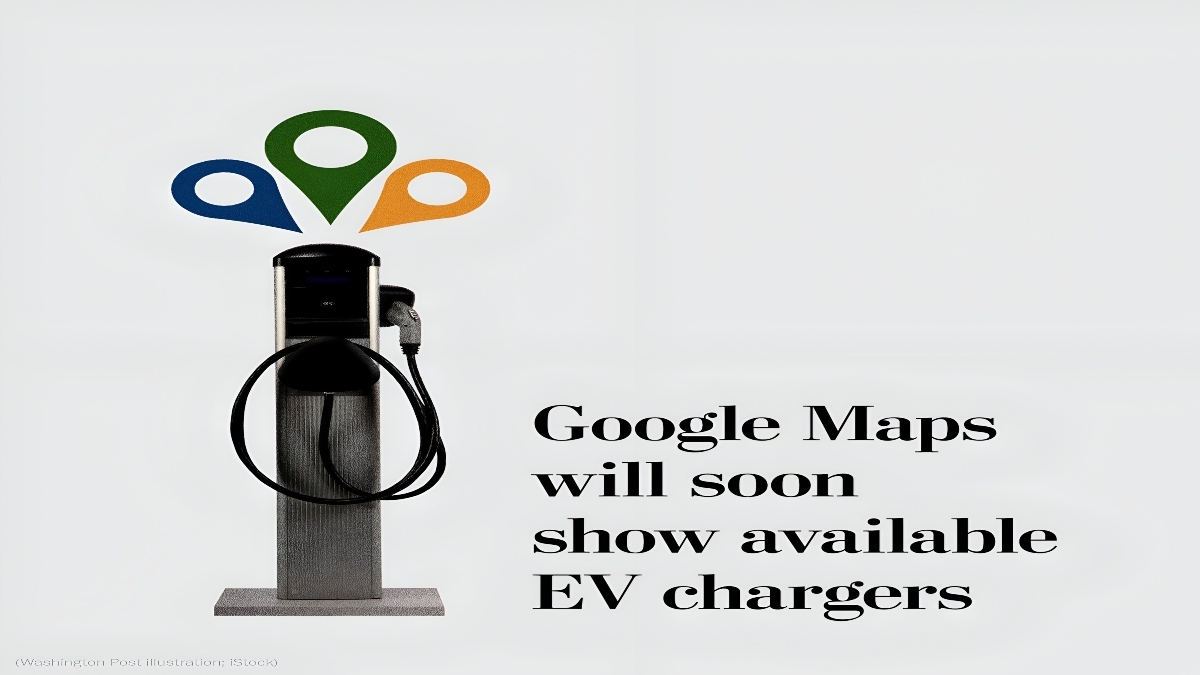BRICS bank to get going in 2 years; India to head for 6 years

India's presidency will be followed by Brazil and Russia who will have five years term each under an agreement reached after intense negotiations among the five country-grouping BRICS -Brazil, Russia, India, China and South Africa.
The announcement about the bank and a USD 100 billion Currency Reserve Arrangement (CRA) that will help countries to deal with short-term liquidity pressures, was made last night at the conclusion of the VIth BRICS Summit here attended by Prime Minister Narendra Modi, Presidents Vladimir Putin of Russia, Xi Jinping of China, Jacob Zuma of South Africa and Dilma Rousseff of Brazil.
Indian officials said a period of six months had been provided for ratification of the agreement by respective Parliaments of the member-nations except in the case of India where no Parliamentary endorsement was required. The member-countries have six months thereafter, to pay the first of the seven instalments.
Given this time frame, the bank is expected to get going in about two years, officials said.
For CRA, China will contribute maximum at USD 41 billion followed by India, Russia, Brazil with USD 18 billion each and South Africa with USD five billion to have a positive precautionary effect, help countries forestall short-term liquidity pressures, promote further BRICS cooperation as also strengthen the global financial safety net.
Announcing the setting up of the bank with headquarters in Shanghai, Dilma said, "It will help contain the volatility faced by diverse economies as a result of the tapering of the United States' policy of monetary expansion."
"It is a sign of the times, which demand reform of the IMF," she told reporters at the close of the summit.
Seen as first major achievement of the BRICS countries since they got together in 2009 to press for a bigger say in the world monetary order, created by the West and centered on the IMF and the World Bank, the setting up of the bank was prompted to seek coordinated action following an exodus of capital from emerging markets in view of the global meltdown.
Welcoming the Summit decision, Modi said, "The vision of a New Development Bank, at the Delhi Summit two years ago, has been translated into a reality, in Fortaleza. It will benefit BRICS nations. But will also support other developing nations. And, it will be rooted in our own experiences, as developing countries.
"The BRICS Contingent Reserve Arrangement gives BRICS nations a new instrument for safeguarding their economic stability. This is an important initiative at a time of high volatility in global financial markets," he said.
The bank will have an initial authorised capital of USD 100 billion and the initial subscribed capital shall be of USD 50 billion to be equally shared by the founding-members.
According to the Fortaleza Declaration, the purpose of the bank was to mobilise resources for infrastructure and sustainable development projects in BRICS and other emerging and developing economies.
"Based on sound banking principles, the NDB will strengthen the cooperation among our countries and will supplement the efforts of multilateral and regional financial institutions for global development, thus contributing to our collective commitments for achieving the goal of strong, sustainable and balanced growth," it said.
The new bank reflects the growing influence of the BRICS, which accounts for more than a quarter of the world's land mass, 40 per cent of its population and a combined GDP of USD 24 trillion.
According to statistics of the World Trade Organization (WTO), the participation of BRICS in global exports more than doubled between 2001 and 2011, from 8 per cent to 16 per cent.
In those eleven years, their total exports have grown more than 500 per cent, while total global exports grew 195 per centin the same period. Between 2002 and 2012, intra-BRICS trade increased 922 per cent, from USD 27 to 276 billion, while between 2010-2012, BRICS international trade rose 29 per cent, from USD 4.7 to 6.1 trillion.
The BRICS bank will be lending money from the common fund to developing countries who are otherwise completely dependent on funding agencies like the IMF and the World Bank. This fund then can be used for long term projects or to overcome short term crises without being subjected to the Bretton Woods System.
PTI































